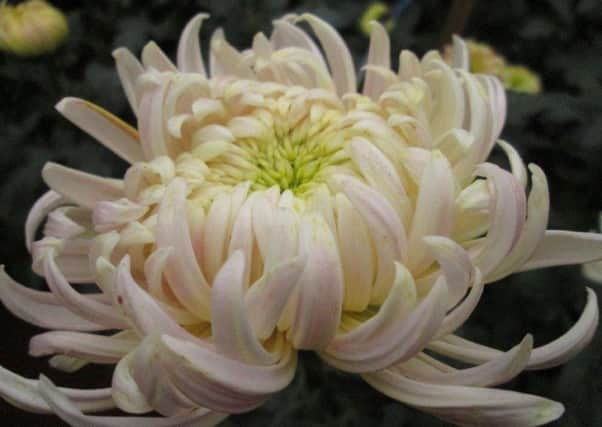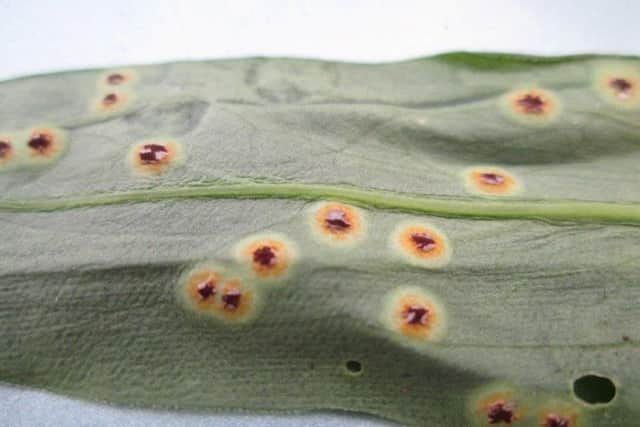DAERA Management Notes: Horticulture


Whether it’s for strawberries or scented stock, cauliflowers or cotoneasters, almost every horticultural grower needs to use some form of pesticide. If you are a small scale producer who operates backpack or handheld spray application equipment only, such as a knapsack sprayer, you should regularly check it is in good working order and keep a written record of these checks and maintenance. Don’t forget if you apply pesticides you must have a recognised certificate of competence.
From 26th November 2016 it became a legal requirement for all larger pesticide application equipment to be formally tested and certified as fit for operation before use. This includes any tractor mounted kit with a boom 3 m or more in length, as well as misters, foggers and granular applicators.
Advertisement
Hide AdAdvertisement
Hide AdIf you have recently purchased a brand new sprayer, the paperwork and warranty should provide up to five years cover comparable to this certification. Do please note, however, that all equipment must, by law, now have an independent inspection certificate or equivalent.


If you have not already done so, check the list of approved UK inspectors on the National Sprayer Testing Scheme (NSTS) website. The inspection and testing certificate from NSTS lasts up to five years for each piece of commercial equipment. However from 26th November 2020 the cover period for the inspection certificate is reduced to every three years. For further information please see: www.nsts.org.uk/.
Protect greenhouse and field ornamental crops against fungal diseases
At this time of year many ornamental crops such as cut flowers and bedding plants are ready for harvesting. This is a critical time to ensure quality is maintained and that fungal diseases such as Botrytis or Rust do not cause damage and significantly reduce yields.
Advertisement
Hide AdAdvertisement
Hide AdProtected and field crops will be at risk of Botrytis where ‘free water’ is lying on leaves or flowers. This can initially appear as small pale spotting on leaves or petals which form into ‘grey mould’ in the right conditions. Botrytis is caused by rain, dews or overhead sprinkler systems. The use of drip irrigation is common in many protected crops such as cut flowers and containerised tree production, but can also be used with field crops as a means of watering without wetting crop foliage. Rust is another fungal disease often found on the underside of leaves in a raised circular pattern. This disease favours crops in dry soils during periods of high humidity so ensure even crop watering to maintain soil moisture.


To reduce the risk of fungal infection several non-chemical actions (cultural controls) should be routine. These include:
l Planting or spacing crops at the correct density to allow air flow between plants;
l In protected structures such as polytunnels keeping vents and doors open and;
l Using air fans to circulate air;
Advertisement
Hide AdAdvertisement
Hide Adl Removing any signs of infection and dumping crop debris away from the greenhouse or field.
Correct crop nutrition is also important as healthy crops are better able to fight disease. In addition overfeeding with nitrogen leads to soft growth which is prone to fungal and pest damage especially by aphids.
A fungicide programme using products with different modes of action provides another level of protection. Matching the product’s active ingredient with the specific disease pressure will ensure effective use of fungicides and minimise wastage. For example in periods of high humidity or a forecast of rain conditions will be ideal for Botrytis spores to germinate, thus an application of a protectant fungicide will help to reduce spore germination on the crop. Several fungicides are available for ornamental use which have protectant and systemic activity which gives control to parts of the plant not covered by the spray. Contact your BASIS registered crop adviser for up to date advice and guidance.